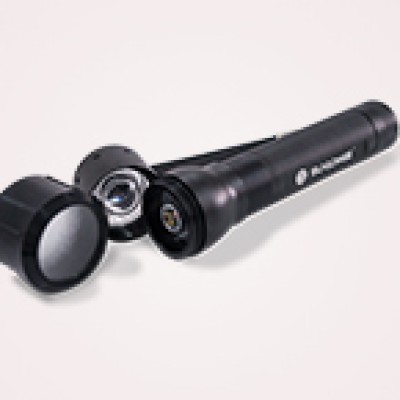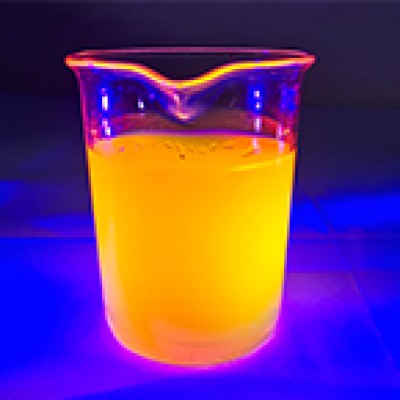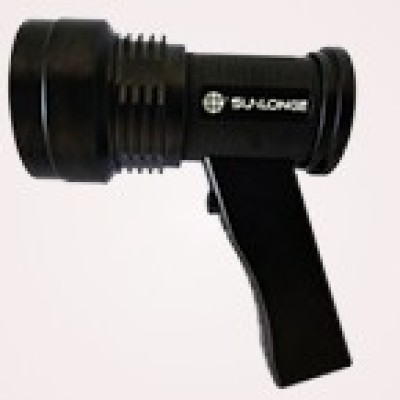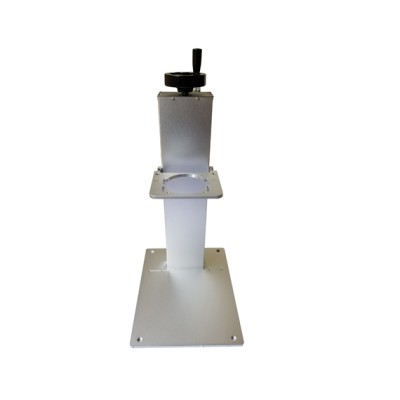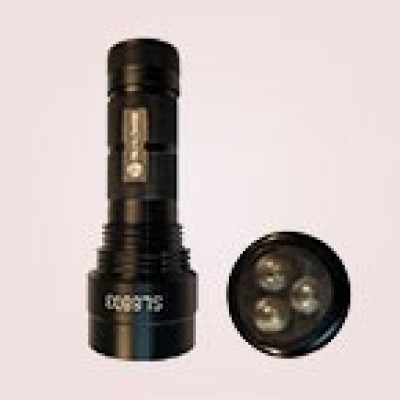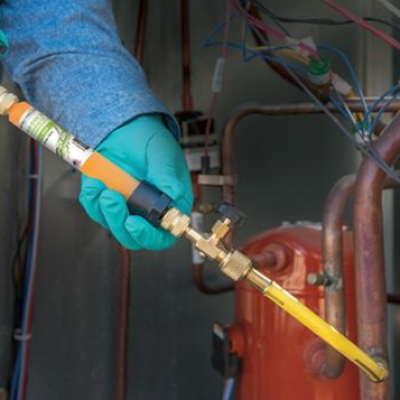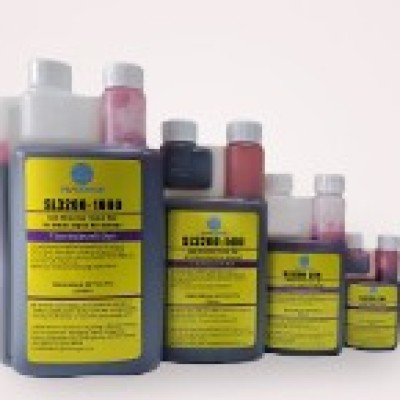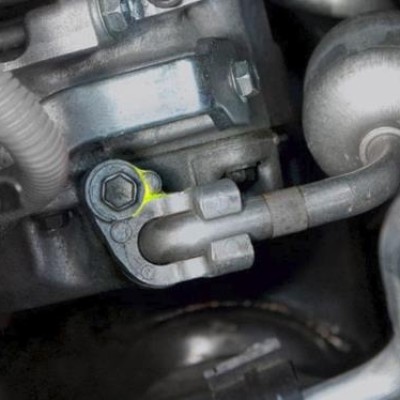During the past 5 years, more and more flats are equipped with the air conditioners. The total A/C Nos has increased by 3 times more than 5 years ago. The average age of A/C has reached an average high these days. Due to the technical improvement, we can see more and more A/Cs are able to keep running much longer than before.
The regular maintenance can help us to get ahead of the potential A/C dis-function. The process includes the regular inspection and the maintenance of critical parts. Parts such as compressor, refrigerant systems, sealing ring, motors and other parts are inspected for any defects.
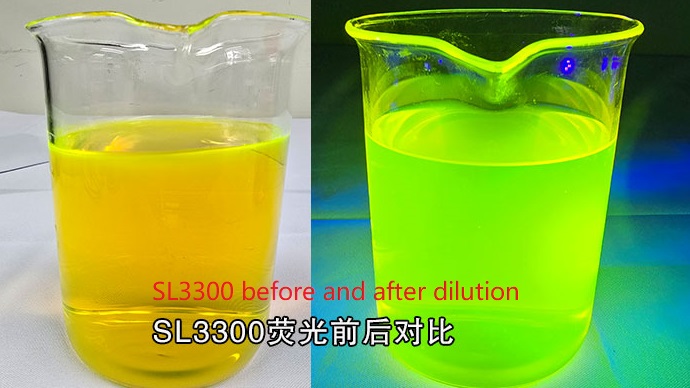
Emergency repairs can cost 5 times more than the regular repairs. So maintenance plans that rely on reactive maintenance are generally the most expensive. The parts will be ordered, shipped and delivered to replace the parts that are failed. Depending on availability, a replacement parts can take days or weeks to arrive. During the whole period, you will have to stand the very temperature without the air conditioners’ help.
the leaks of refrigerant systems can be harmful for several reasons. The leaks are harmful to the environment as they emit greenhouse gases into the atmosphere. Meanwhile, these leaks sometimes are quite difficult to pinpoint the exact location. Currently, the leakage detection situation remains challenging for even the most skilled technicians. You will need an abundant amount of practice to fix this issue. Usually the leaks issues of refrigerant systems are commonly found on the A/C system from 5-10 years old.
If there is leaks in the refrigerant, the refrigerant will escape and stress the system. A lack of refrigerant reduces the cooling performance of the A/C system and damages the components. When a leak is present, moisture can also make its way into the unit. Mold and mildew can form and interfere with normal operation.

Diagnosing a slow leak situation remains challenging for even the most skilled technicians. You will need an abundant amount of patience to fix this type of A/C problems. Sunlonge utilizes a simple method that has only two basic parts. A high intensity UV flashlight is teamed up with the appropriate fluorescent leak detection dye. The UV dye is added to the system and circulated. The system is inspected with the UV flashlight. Since the dye collects at all leak sites, the UV flashlight can show the precise location of every leak with a bright glow. The dye can remain in the system indefinitely and does not affect system components or performance.
Using fluorescent UV dye can reduce the chance of total component failure. We found that it is much easier and cheaper to find a small leak before it turns into a bigger problem.
 CN
CN

